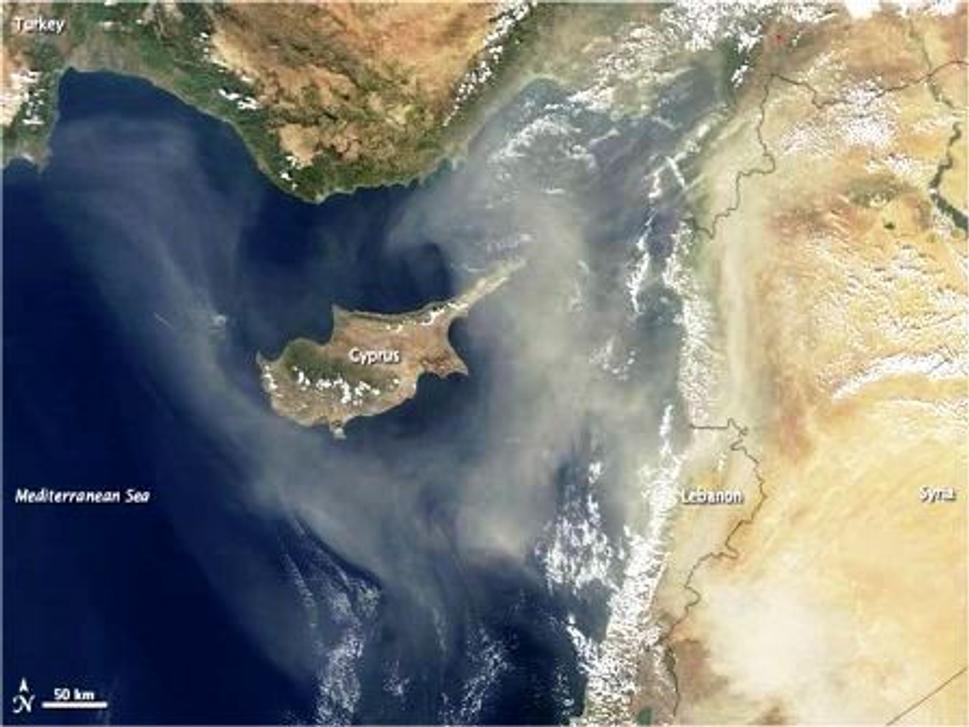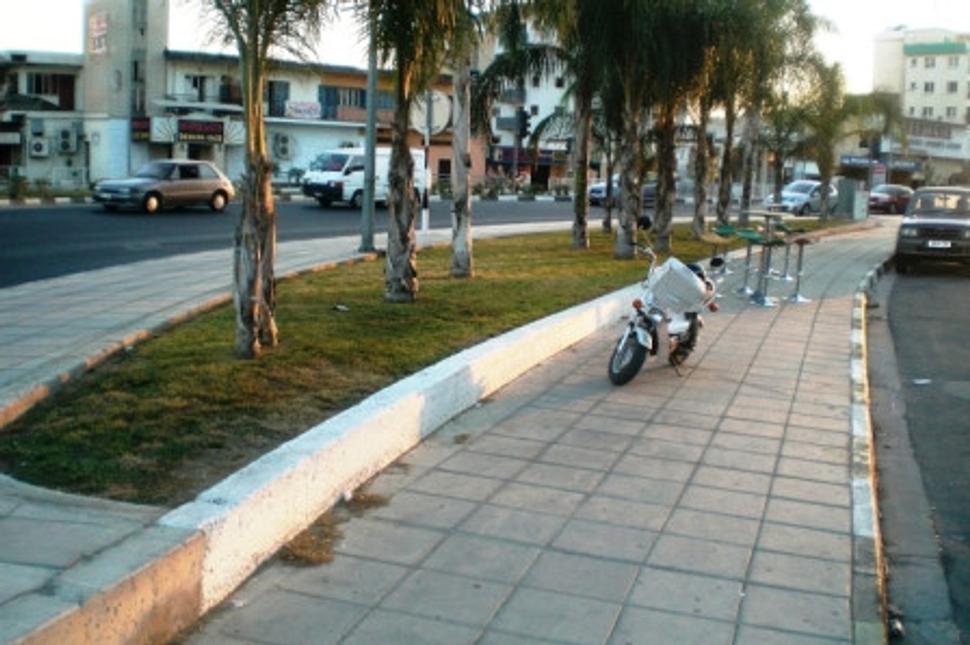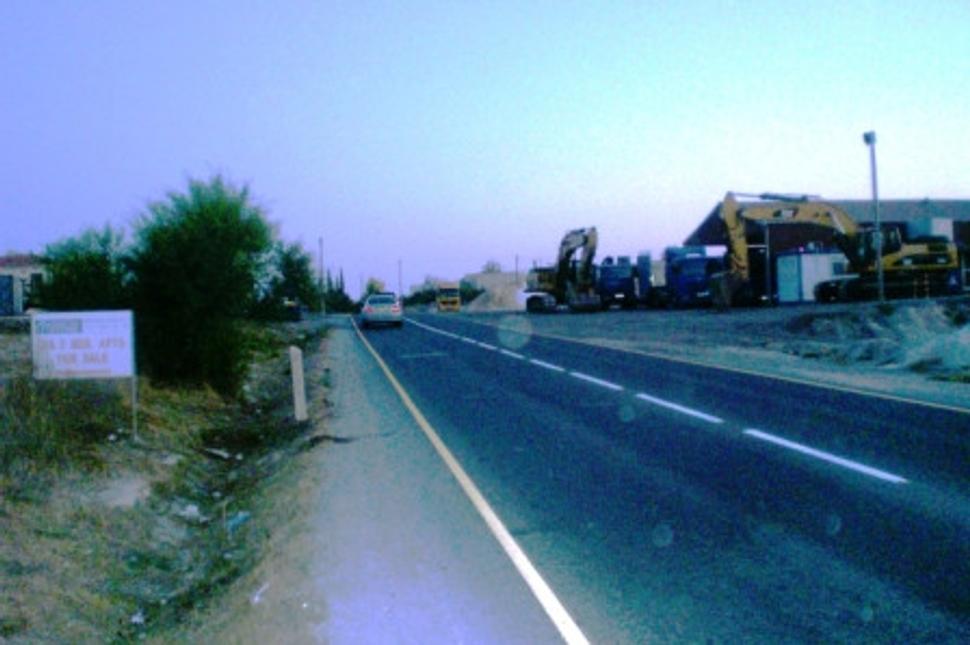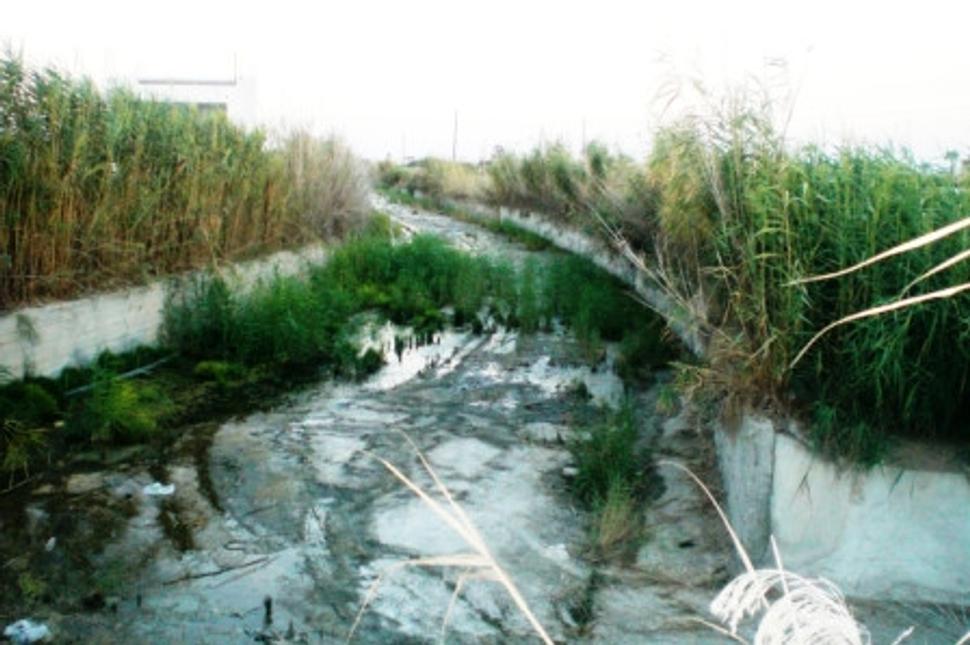Also for this reason, 108 water dams were built in Cyprus, to be able to capture rainwater in reservoirs and then distribute it throughout the country for people, agriculture and industry. Although it looked like the problem was solved... well, it was not. The dramatic decline in rainfall, however, can not meet the needs for water, therefore the government of Cyprus reached for the desalination of sea water. Currently, desalination factories can produce a little over 200,000 cubic meters of water per day, which is mainly used for the cities on the coast. Desalination of one cubic meter of water costs the state budget 1.2 € and other costs are borne by the consumer. For desalination of 75 million for m3 of water, the state will pay nearly 100 million. € to the private companies, which have the contract with the state. Consumed water is then cleaned and returned to the sea.
Precipitation in Cyprus occurs especially in winter, while it rains only seldom in summer. That's because the dried-up landscape of Cyprus during summer acts as a heat island, which prevents the supply of moist ocean currents from the sea onto the island. Cooling of the island in winter dampens heat island intensity and therefore wetter ocean currents can penetrate the mainland, condense and create rain. Reduced rainfall in the last half-century by 70 mm means annual increase in production of sensible heat from the drying island into the atmosphere. The estimates give 350,000 GWh of energy, which was previously, with higher water capacity in the landscape, stored during photosynthesis in vegetation which cooled the environment and thus the entire island. As it is now, energy released into the atmosphere as sensible heat increases the heat island effect and reduces rainfall. For water management, as well as economy of Cyprus it is a downright disaster.

If the unconscious drying-up of Cyprus continues, it will cause even greater reduction of rainfall in the future. It is likely that around 2050, rainfall will barely reach 300 mm. However, if this will happen, even desalination of 1 billion m3 of water per year will not be enough. All people around the world are similar: they disregard what they get for free and acquire it for a lot of money afterwards. Rain, which falls on the country for free, is regarded as waste. A few pictures I took hastily near Larnaca are a proof for this. Rain water is drained from paved areas, water ditches along the roads or channeling of water courses, which are almost dry in summer, all of this multiplies the impact of desertification on a small water cycle on the island.





So, what is the message for Slovakia? It's rather simple. Let's work with a light heart on, what Cyprus came to in the last centuries. After cutting down the forests and drying-up the landscape with the help of present urbanization practices, Cyprus is reaching for a dry tomorrow. Let's not learn from their mistakes. Let's flush the rainwater into the sea, and when we will reach dry tomorrow as well, we might try to negotiate with some coastal states and ask them kindly, if they allow us to build a new desalination plant. Or let's wait for the sea levels, until it rises closer to us? I keep my fingers crossed for you dear friends in Slovakia! But beware, that you are on your way to dry tomorrow, as Cyprus. Beware that if Slovakia, with their neighbors, will get rid of small water cycles, the state will need to gain at least 5 billion m3 by desalinization. For this, a provision in the state budget of about 6 billion € will be necessary. Is this the perspective you want? If yes, then continue to work so hard to reach it as soon as possible! Private sector has sufficient capacity to offer you these technologies. After all, it's a business at stake, not water and life!






